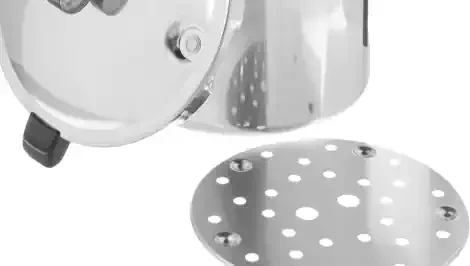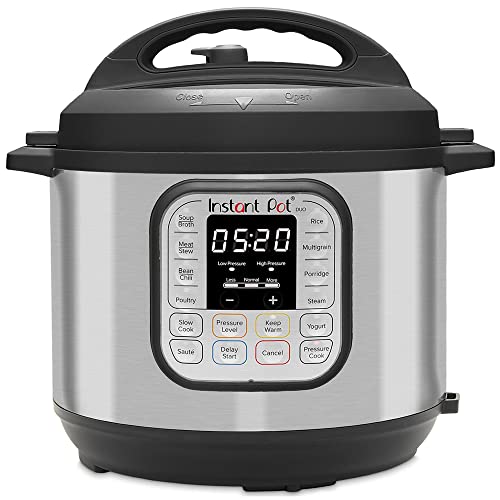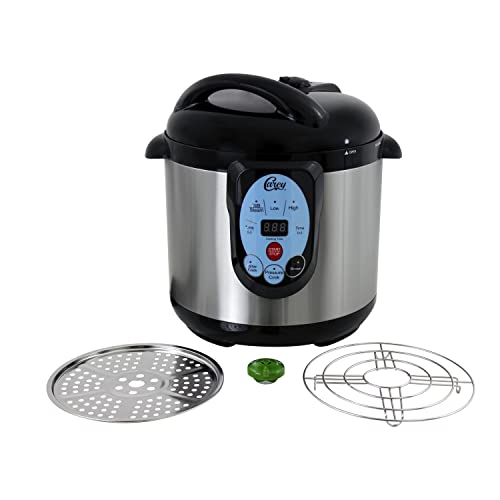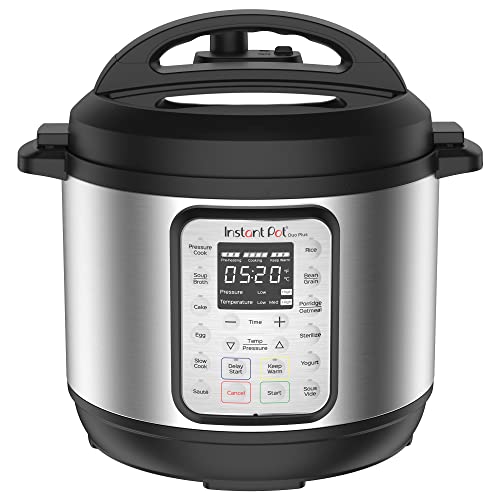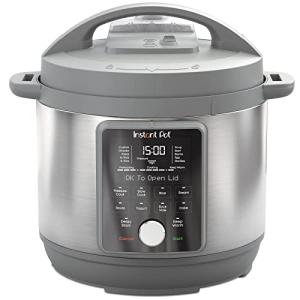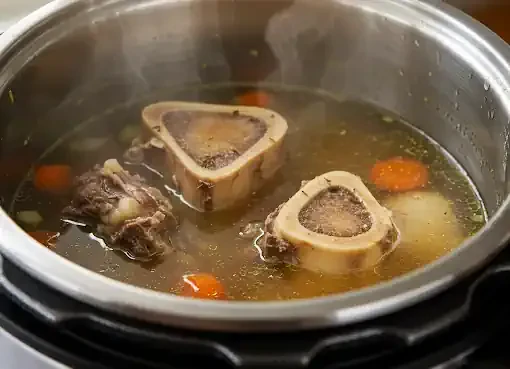Creating a comprehensive glossary about pressure cookers involves covering key terms and concepts associated with these cooking devices. Here's a detailed glossary to help you understand various aspects of pressure cookers:
Pressure Cooker: A kitchen appliance used for cooking food under high pressure steam, resulting in faster cooking times and energy efficiency.
Sealing Ring/Gasket: A silicone or rubber ring that ensures a tight seal between the lid and the pot, essential for maintaining pressure inside the cooker.
Pressure Indicator: A device, often a pop-up pin or colored marker, that shows when the cooker has reached its operating pressure.
Safety Valve: A critical safety feature that releases excess pressure if the primary pressure control mechanism fails.
Pressure Release Valve: Also known as a steam release handle or vent, it allows manual release of pressure/steam from the cooker.
Pressure Settings: Most pressure cookers have high and low-pressure settings, indicated in pounds per square inch (PSI), for cooking different types of food.
Cooking Rack/Trivet: A rack or stand placed inside the cooker to elevate food above the cooking liquid.
Inner Pot: The removable pot inside the pressure cooker where food and liquid are placed.
Quick Release Method: A method to quickly release pressure by opening the steam release valve, allowing for faster cooling and opening of the cooker.
Natural Release Method: Allowing the pressure cooker to cool down naturally and release pressure over time, often used for foods that benefit from extended cooking
Water Test: A basic initial test run with water to ensure the pressure cooker is functioning correctly.
Steam Condensation Collector: A small container that collects condensation and steam released during cooking.
Electric Pressure Cooker: A type of pressure cooker that uses electricity to maintain the required pressure and temperature, often with programmable settings.
Stovetop Pressure Cooker: A pressure cooker that is placed on a stove and heated by an external source like a gas or electric burner.
Pressure Level Indicator: A gauge or display that shows the current pressure inside the cooker.
Lid Lock: A safety feature that prevents the lid from being opened while the cooker is pressurized.
Pressure Regulator: Maintains the desired cooking pressure and can be adjustable in some models.
Vent Pipe: The channel through which steam is released in stovetop pressure cookers.
Jiggler: A type of pressure regulator found on some stovetop models that makes a jiggling noise when the correct pressure is maintained.
Pressure Cooking Time: The time for which food needs to be cooked under pressure, which varies depending on the food type and quantity.
Sauté Function: Many electric pressure cookers come with a function for sautéing ingredients before pressure cooking.
Keep Warm Function: A feature in electric pressure cookers that keeps food warm after cooking.
Non-stick Coating: Some inner pots have a non-stick coating for easier cleaning and to prevent food from sticking.
Maximum Fill Line: A mark inside the pot indicating the maximum level to which it can be filled, ensuring safety and proper functioning.
Deglazing: The process of adding liquid to the pot after sautéing to loosen browned bits of food, adding flavor to the dish.
High Altitude Adjustments: Adjustments in cooking time or liquid amount for pressure cooking at high altitudes.
Intensified Flavors: Pressure cooking helps in intensifying flavors due to reduced cooking liquid and steam encapsulation.
Nutrient Retention: Pressure cooking can retain more nutrients compared to traditional cooking methods due to reduced cooking time and less liquid usage.
Infusion Cooking: A technique where the flavors of spices and herbs are infused into the food under high pressure.
Pressure Cooker Size: Indicated in quarts or liters, determining the amount of food that can be cooked at a time.
Understanding these terms will enhance your ability to use and maintain a pressure cooker effectively, ensuring both safety and culinary success.
